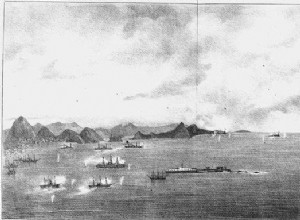General Manuel A. Odría has the honor of being buried in the Santa Ana de Tarma Cathedral, very close to the main altar. He must be, perhaps, the only Latin American dictator, at least in the 20th century, who enjoys that posthumous privilege. The people of Tarm thus thanked their favorite son who,




